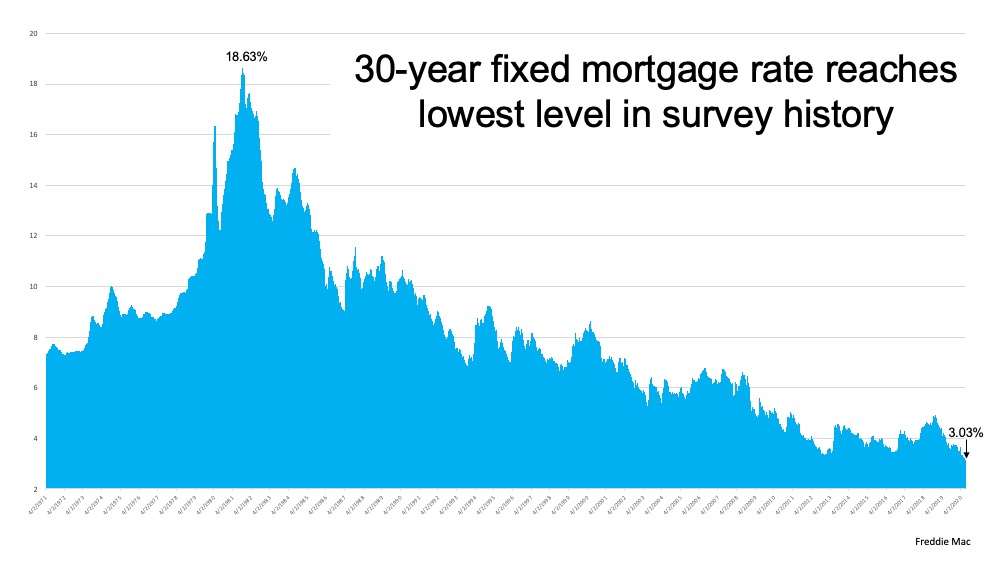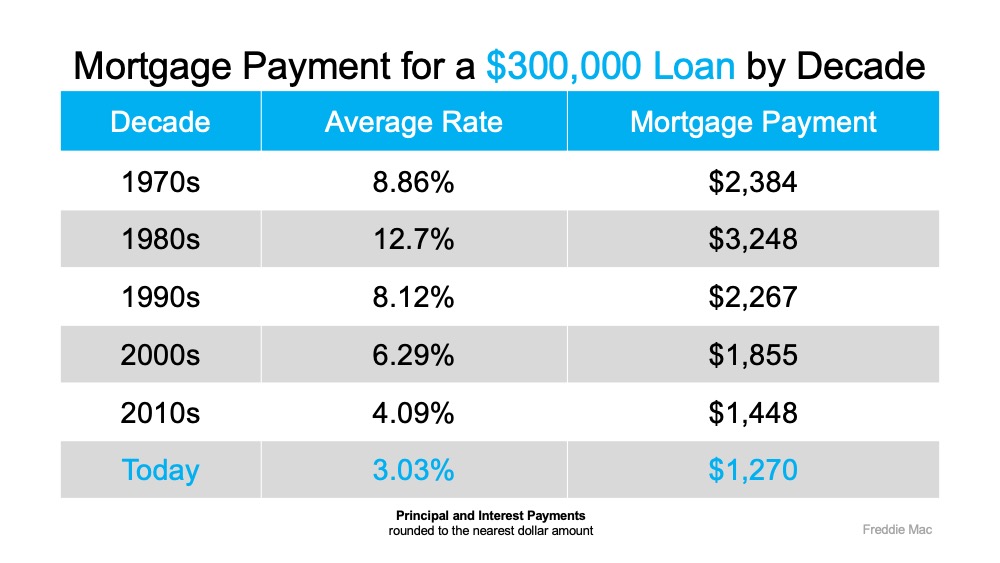
The events of 2020 have changed how most people view every aspect of their lives in some way, including their vision of the perfect home. While you may still have similar style and function preferences, there has been a shift in the value placed on certain home factors. Sheltering in place, working from home, homeschooling, and urban duress have all impacted what an ideal home looks like for many people. Here are a few of the features that you may want to consider when envisioning your future home.
Space Over Splendor
Confinement to one’s home can change your outlook on what’s important. While you once may have been willing to have less square footage in trade for more elegant surroundings, you may not feel the same after months of sheltering in place. Many homeowners are re-evaluating their priorities and wanting to upgrade to more space and less splendor – you can always remodel and add elegance down the road.
Outdoor Living Areas
The backyard in 2020 has become more important than ever. A fenced area for the kids and pets, ample space for gardening, and home entertainment amenities are some of the features to consider when purchasing a home. When it is now your outdoor gym and family recreation area, having an ample backyard and enjoyable outdoor living space may have moved up your priority list.
Extra Rooms and Home Offices
2020 found many families working and schooling from home. Open floor plans and communal areas are great, but when you spend more time at home together, you need private spaces. More homebuyers are considering the need for extra rooms for home offices and studios that go beyond just the minimum number of bedrooms.
Suburban Living
Suburban is looking more desirable to some than it did before 2020. Telecommuting may be a permanent situation for many workers and there may no longer be the dread of a long commute. Some buyers who have sworn off suburbia in the past may now be looking at it in a different light.
At Voila, we have the tools and technology to make finding the ideal home easier and more affordable for our clients. Whether you are looking for your first home or want to sell your existing home and upgrade to a more suitable home for the future, contact us to begin your journey. We can help you find the right future home in the greater Twin Cities metro area – call today to schedule a consultation with one of our real estate experts.



















